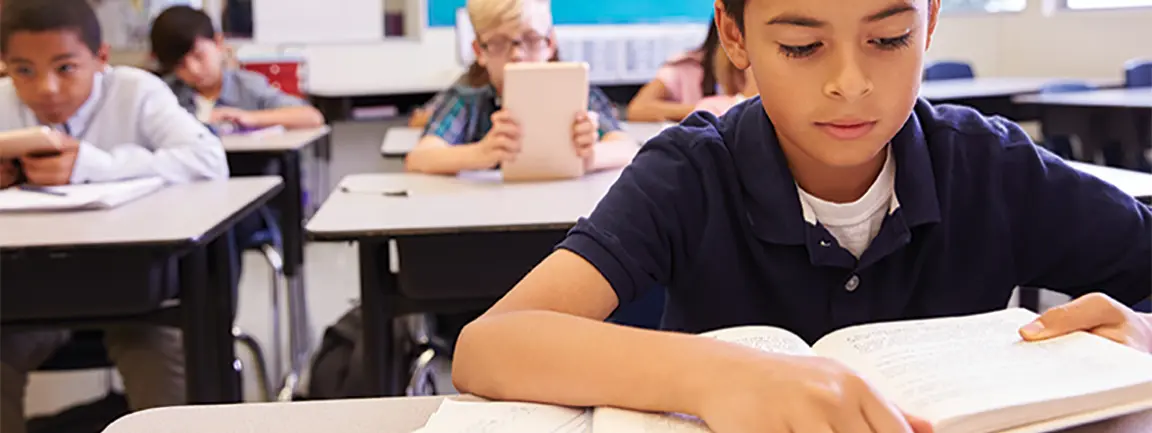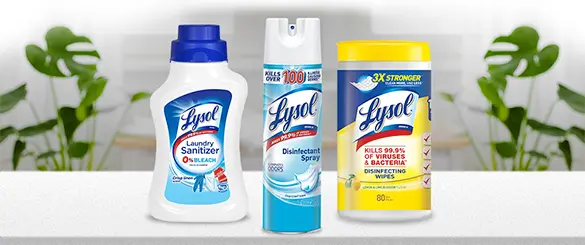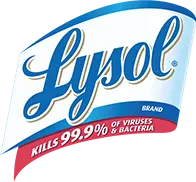Prevent Germs From Spreading
Teach Kids About Germs with Storytelling Lesson Plan
You’re never too old to enjoy a good story. This lesson teaches students to construct a fun, creative story that also incorporates what they know about healthy habits.

Goals and Skills
STUDENTS WILL:
- Practice skills and strategies of creative writing with other students
- Write parts of a creative story about healthy habits, with a beginning, middle, and end
- Illustrate it with a drawing that supports the story
SUPPLIES AND PREPARATION:
- Pencils and paper
- Make copies of student handout, My Healthy Hero (see Page 4) OR display on an overhead/projector
- Optional: Computers, MS Word/Pages, Internet access
BACKGROUND FOR TEACHER:
You can access CDC’s germ stats and scientific information (which students can use in the Germ Review step below) at http://www.cdc.gov/handwashing/
Instruction Steps
1. Germ Review!
Refresh your students’ minds by reviewing the facts about germs and handwashing with students. Write the facts on the board or display them on an overhead so students can follow along.
Germ Facts: Germs…
- Are so tiny we can’t see them
- Can live for a long time on surfaces like doorknobs
- Can spread when a sick person touches shared surfaces
- Are also spread by coughing or sneezing Invite students to add to the list of germ facts. What other facts have they learned or researched?
The Importance of Handwashing:
- Cleaning with soap and water removes dirt and most germs from hands and from surfaces
- You need to wash hands for 20 seconds as recommended by the Centers for Disease Control and Prevention (CDC)—long enough to sing “Happy Birthday” twice!
- Wash hands before every meal, after using the bathroom, and after playing outside

2. Discuss Healthy Habits.
- Now that students have reviewed the facts about germs and handwashing, discuss preventative and healthy habits they can practice. For instance:
- Practice the “elbow” cough and sneeze—using elbow instead of hands to cover your mouth
- Cover mouth and nose with a tissue when you cough or sneeze, then throw it away and wash hands
- Leave book bags, shoes, and coats at the door when you come inside
- Eat a well-balanced diet that includes plenty of fruits, vegetables, protein, and whole grains to help your body stay healthy
- Eat breakfast for energy to start your day
- Get plenty of sleep
Invite students to share ideas of what to add to the list of healthy habits. Next have students choose one healthy habit from the list that is most important to them and write it down.
3. Creative Writing.
Explain to the class that they will work together in groups to write creative stories that explain and illustrate healthy habits, like handwashing.
First, share copies of the handout, Creative Writing Tips, with students or display the handout on a projector. Review the brainstorming questions (i.e., who, what, when, where, why).
Next go over the elements of a good story including the need for a beginning, middle and end.
Teacher Tip:
Provide examples of familiar stories students have read that have a clear beginning, middle, and end. Review the stories to give students ideas of how they can craft their own.
4. Story Starters:
If students need a little more guidance, you can provide the following “story starters” below to give them ideas.
ONCE UPON A…CHOO!
Whenever Mr. Fuzzle tried to bake bread, he ended up with flour dust everywhere. The problem was that the powdery flour made Mr. Fuzzle’s muzzle twitch, which made it itch. And that always made him sneeze. (Hint: maybe the customers in the bakery find out about Mr. Fuzzle’s germy sneezes and stop buying his bread. What will Mr. Fuzzle do?)
THE GERM THAT GOT SICK
A germ was minding its own business when a gamma ray from outer space made it grow and grow. At first it just looked like a small puddle, but over a few days it grew to the size of a car. (Hint: what healthy habits can WE do that will prevent the germ from growing and make it disappear?) THE
ADVENTURES OF HEALTHY STEALTHY
It was a brisk October evening, when Henry wandered into his neighbor’s garden and spotted the oddest pumpkin he had ever seen… (Hint: maybe this pumpkin has magic powers and turns Henry into a healthy habits superhero who performs super secret feats of germ-busting.)
5. Collaborative Writing.
Divide the class into groups of 3-5. Guide students through the collaborative writing process. Each student will start by writing only the beginning of a story. They will then pass the story to the next person in their group to write the middle. And again, the story is passed to a third person for the ending. Through this process, each student will have the chance to contribute to at least three different stories and work together.
Encourage students to be funny, silly, or dramatic! But, they should remember to focus on the healthy habits they have learned about and reviewed in the beginning of the lesson.
Teacher Tips:
- If groups are larger (i.e., more than 3), have the remaining students draw illustrations or prepare a title page
- A timer can help keep things moving forward every 10 minutes or so
6. Share.
The creative writing exercise is sure to produce some entertaining stories! When all stories are complete, have students in groups take turns reading their stories to the rest of the class. Discuss the lessons in each story.
7. Extend the Lesson.
If students didn’t have time to illustrate their stories, provide them with supplies to do so. Consider having the stories professionally bound and included in the school’s library, posted around the school, or publishing them on a class blog.
Download the Once Upon A...Choo! Lesson Plan
Related Articles
DISCLAIMER:
Healthy Habits® is Presented by Lysol® in collaboration with NEA and National PTA
SOURCES:
Education Standards: (NHES) Health: 1.5.1, 1.5.4, 5.5.3, 8.5.1; (CCSS) English Language Arts: W.4-5.3, W.4-5.4, W.4-5.5, W.4-5.8, SL.4-5.1, L.4.6; (NAEA) Visual Arts: VA.K-4.1
For more resources, CDC – Be A Germ Stopper Poster https://www.cdc.gov/handwashing/pdf/294906-handwashing-superhero-boy-p.pdf
https://www.cdc.gov/handwashing/pdf/294906-handwashing-superhero-girl-p.pdf
CDC – Healthy Schools Parent Engagement Materials https://www.cdc.gov/healthyschools/parentsforhealthyschools/p4hs.htm
CDC - Buzz on Scuzz page https://www.cdc.gov/bam/body/buzz-scuzz.html
CDC - Handwashing Posters https://www.cdc.gov/handwashing/posters.html





